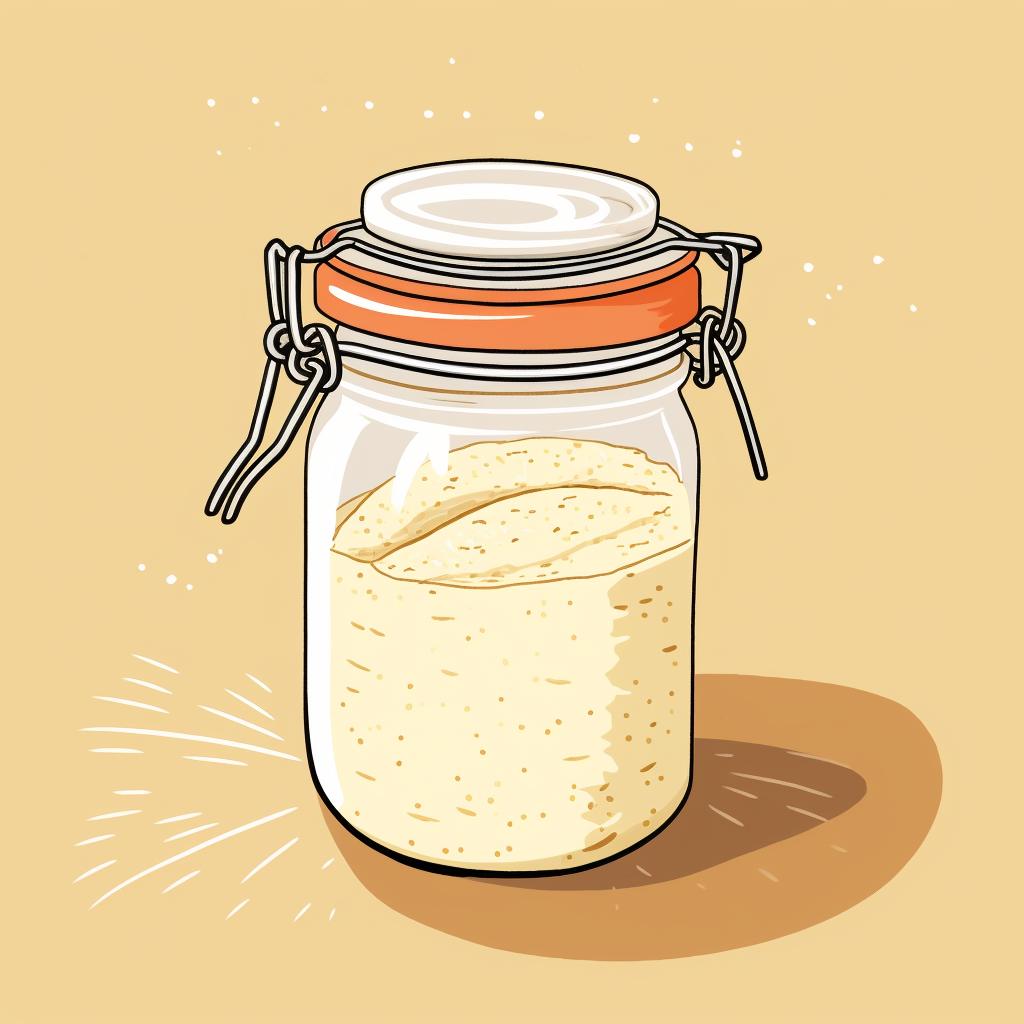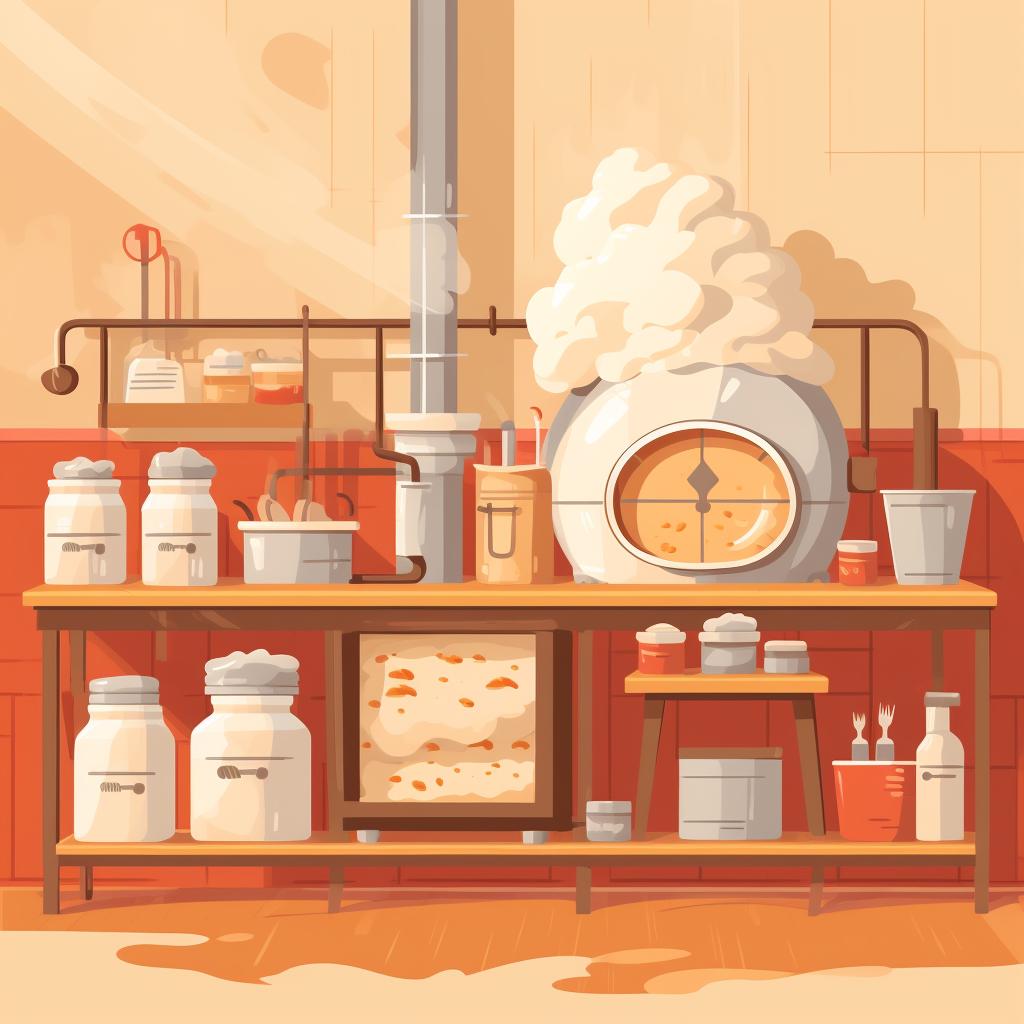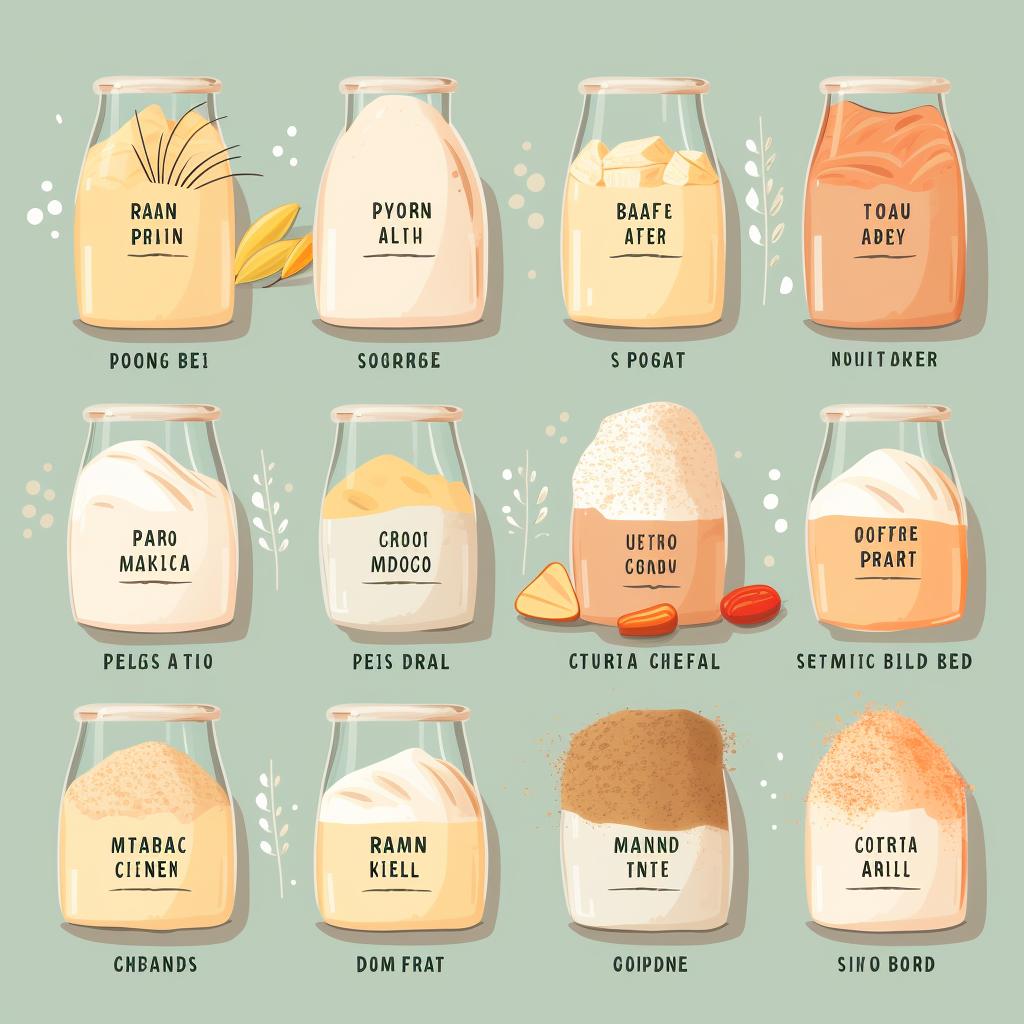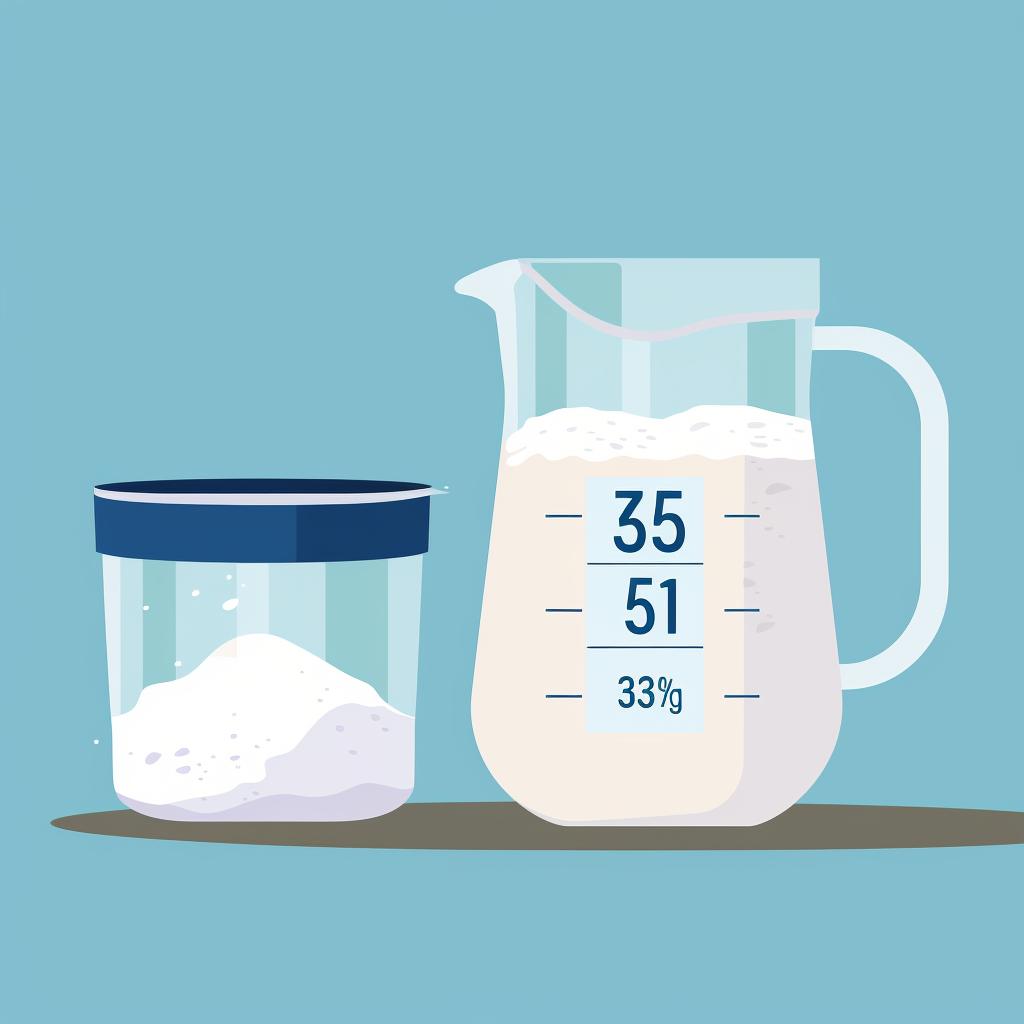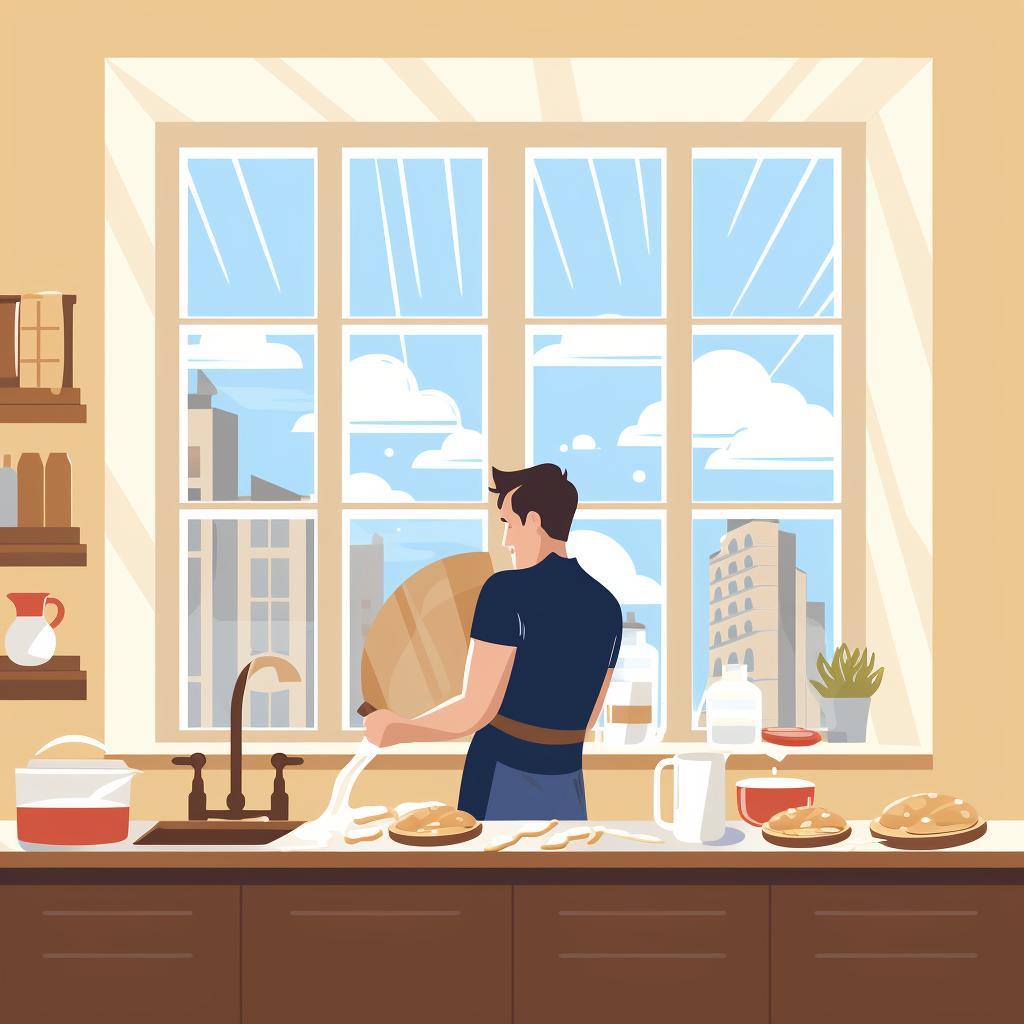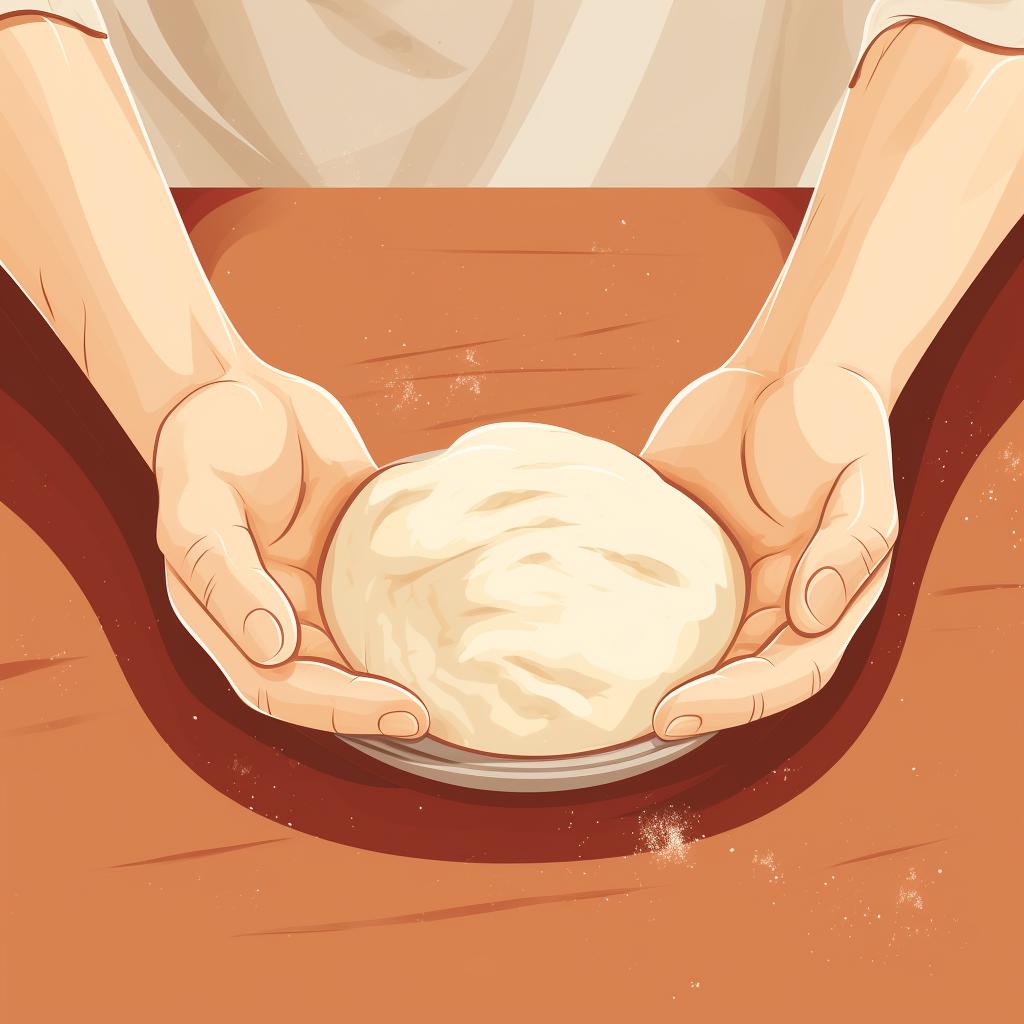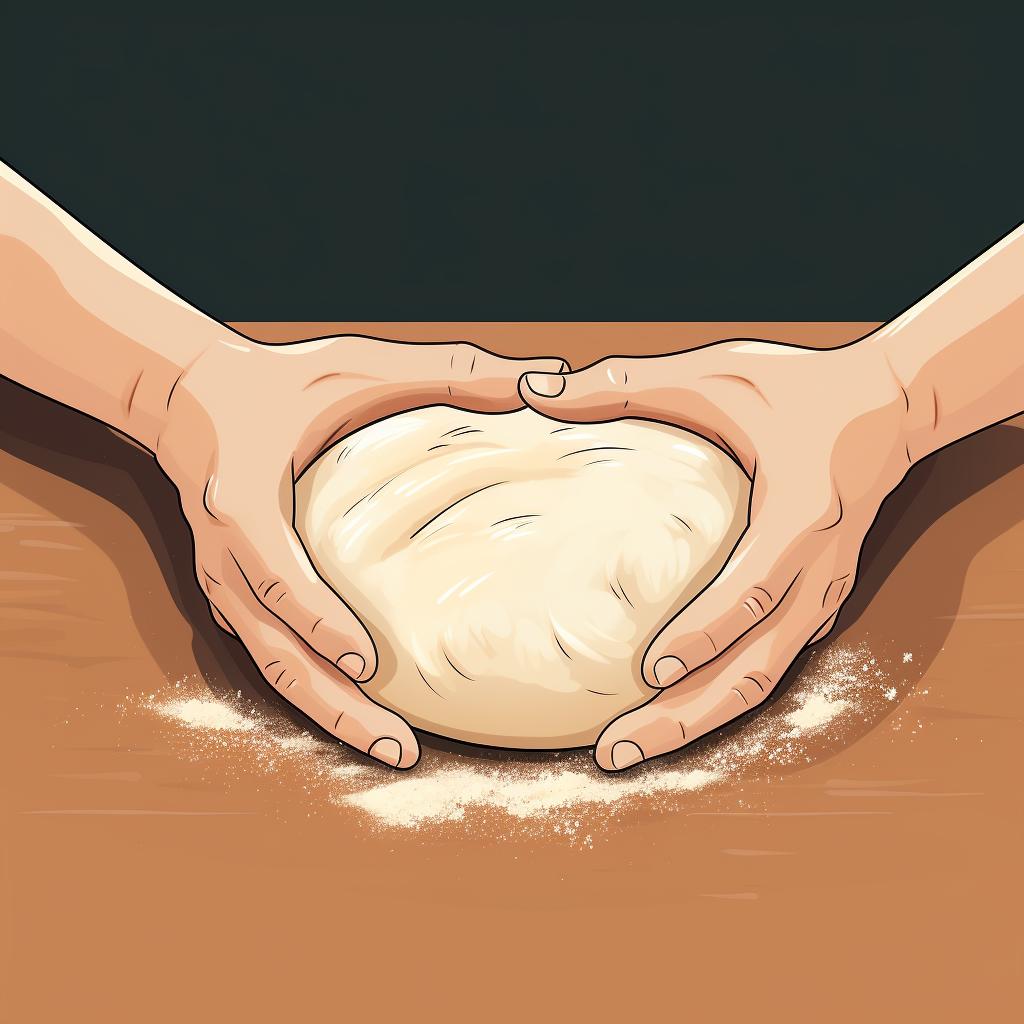Samantha Dougherty is a professional baker and sourdough enthusiast with over 15 years of experience. She has traveled the world to learn about different sourdough techniques and has a passion for sharing her knowledge with others. Samantha is also the author of the bestselling cookbook, 'Sourdough Delights: A World of Flavorful Breads and Treats'.
Fixing dense sourdough bread primarily involves improving the fermentation process, adjusting your hydration levels, and refining your dough handling techniques. Let's explore these solutions in more detail to help you achieve a lighter, fluffier sourdough bread.
Why is My Sourdough Bread So Dense? Let's Unravel the Mystery!
Dense sourdough often results from inadequate fermentation, insufficient hydration, or improper dough handling. Before we delve into the fixes, it's vital to understand these issues. For a comprehensive understanding of sourdough fermentation, you might want to check out my detailed guide on mastering the art of King Arthur sourdough starter.
Boost Your Bread! Techniques for Perfect Sourdough Fermentation 🍞
Proper fermentation is key to achieving a good rise and airy texture in your sourdough bread. If your dough is under-fermented, it won't rise well, leading to a dense crumb. Here's how you can improve:
If you've been struggling with dense sourdough bread, the culprit is often improper fermentation. Let's dive into how you can improve this crucial step:
Learn more about 🍞 Revolutionize Your Sourdough: A Guide to Improving Fermentation 🥖 or discover other Hello Sourdough guides.
By following these steps, you're well on your way to transforming your dense sourdough into a light, flavorful loaf. Remember, patience is key in the art of sourdough baking!
1. Make sure your sourdough starter is active and bubbly before using it.
2. Allow your dough to ferment at a warm temperature (around 75-78°F).
3. Give your dough ample time to rise, usually between 3-5 hours for the bulk fermentation stage.
4. Perform several rounds of stretching and folding to strengthen the gluten network.
Quench Your Dough's Thirst: Tips for Ideal Sourdough Hydration 💦
Hydration level plays a significant role in the texture of your sourdough bread. Insufficient hydration can lead to a dense and dry crumb. Try these tips:
To address the issue of dense sourdough bread, let's dive into the art of adjusting hydration levels. Follow these steps to ensure your sourdough bread has the perfect texture:
Learn more about Mastering Hydration for Perfect Sourdough Bread 🍞 or discover other Hello Sourdough guides.
By mastering these steps, you'll be well on your way to creating sourdough bread with a light and airy crumb. Remember, each flour and each environment is unique, so don't be afraid to experiment until you find the perfect hydration level for your sourdough.
1. Increase the water content in your recipe. A hydration level of 65-70% is usually a good starting point for sourdough bread.
2. Incorporate the water gradually, and make sure it's fully incorporated into the dough.
3. If your dough feels too sticky, resist the urge to add too much extra flour. This can dry out your dough and make your bread dense.
Hands-On Success: Mastering Your Sourdough Handling Skills 🙌
How you handle your dough can also affect the texture of your sourdough bread. Here are some techniques to improve:
Mastering dough handling techniques is crucial in achieving the perfect texture for your sourdough bread. Let's dive into the steps to refine these techniques:
Learn more about 🍞 Mastering Dough Handling for Perfect Sourdough Bread or discover other Hello Sourdough guides.
By following these dough handling techniques, you'll be well on your way to creating light, airy, and delicious sourdough bread. Remember, practice makes perfect!
1. Avoid over-kneading your dough as it can lead to a tight crumb structure.
2. Shape your dough gently to preserve the gas bubbles that contribute to a light and airy texture.
3. Allow your dough to rest adequately between folds and before shaping.
By implementing these homemade sourdough techniques, you should see a significant improvement in the texture of your bread. For more sourdough baking problems and solutions, check out more of my FAQs.
Bake Like a Pro: My Must-Have Tools for Sourdough Perfection 🥖🔧
Having the right tools can also help you fix dense sourdough bread. Here are my recommendations:
Essential Tools for Perfect Sourdough Bread
Remember, baking sourdough bread is a skill that takes time to perfect. Don't be disheartened if your first few loaves are denser than you'd like. Keep practicing, experimenting, and learning from each bake. Happy baking!


